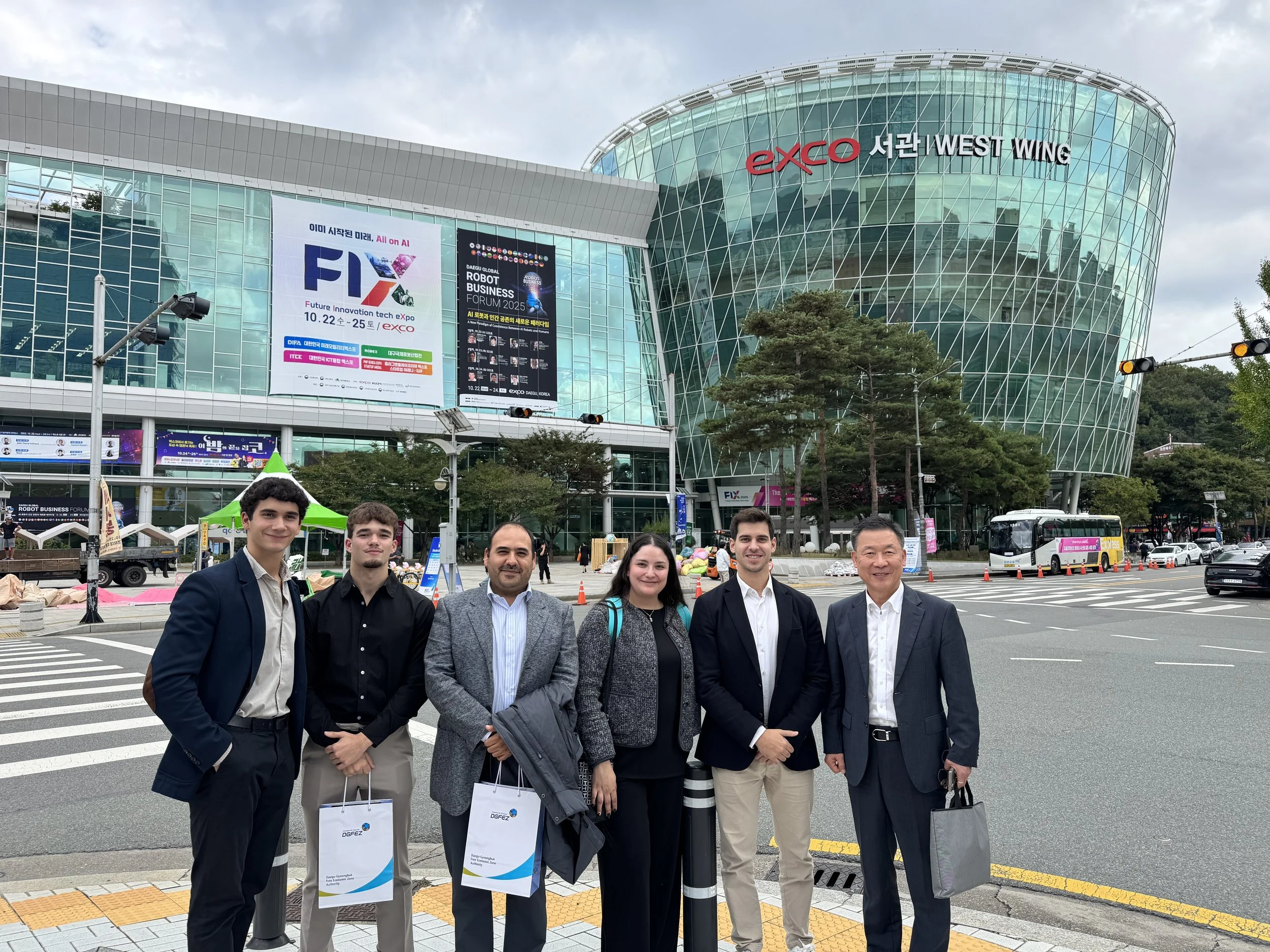Dynamic impact of hyper-automation on key industries
Hyper-automation, which fuses artificial intelligence and artificial intelligenceand robotic process automation and similar technologies, is fostering a qualitative breakthrough in multiple industrial sectors. Its growth attracts attention due to specific results, arouses interest in efficiency figures and stimulates the use of intelligent solutions with a transformative approach in business processes.
Financial and customer service case studies
Adoption in the financial sector sector and customer service is growing due to intelligent automation of recurring tasks. Fraud detection, claims, accounts payable processing and onboarding are being refined through the use of bots, OCR and NLP, achieving unparalleled speed and improving operational accuracy.
Innovation in manufacturing, logistics and healthcare
Hyper-automation, in the field of logistics and manufacturing, enables the following tasks to be performed: quality monitoring, inventory management and optimized routes through predictive analytics and machine vision. Thanks to the combination of RPA, artificial intelligence, digital twins and IoT, these solutions make it possible to automate complex flows, make decisions in real time and reduce operating costs and response times.
Quality supervision: use of artificial vision and deep learning models for in-line inspection, early defect detection, automatic part classification and alert generation to improve traceability and reduce rework.
Inventory management: integration of IoT sensors and WMS systems with demand forecasting (ML models) for automatic replenishment, optimization of stock levels and reduction of stock-outs and maintenance costs.
Routes optimized through predictive analytics: algorithms that combine historical data, real-time traffic and weather conditions to plan dynamic routes, reduce fuel consumption, shorten delivery times and improve fleet utilization.
Healthcare applications: claims automation, document management and clinical procedures through RPA and NLP, integration with electronic medical records and standardized workflows, reducing errors, speeding up administrative processes and improving clinical efficiency and patient care.
Comprehensive transformation with AI in internal operations
The use of AI, RPA and process mining benefits internal IT processes, infrastructure and human resources by reducing hiring cycles, optimizing technical support and speeding up administrative flow. This technological convergence acts in a complementary manner: process mining detects inefficiencies and bottlenecks, RPA executes repetitive tasks, and AI provides classification, prediction and decision making, leading to sustainable operational improvements.
Shortening hiring cycles: Automating candidate screening, pre-screening and part of onboarding shortens time to hire, and virtual assistants and automated assessment systems free HR to focus on strategic tasks and talent retention. In addition, virtual assistants and automated assessment systems free HR to focus on strategic tasks and talent retention.
Optimization of technical support: The combination of AI for routing and initial diagnosis of incidents, together with RPA to apply repetitive solutions, improves response times and service levels, and facilitates the implementation of self-service portals and help bots.
Administrative flow acceleration: Process mining maps end-to-end processes, AI extracts and validates data (e.g. through OCR) and RPA automates approvals and reconciliations, reducing manual errors and speeding up cycles such as invoicing, purchasing and document management.
Faster, cost-saving and democratizing automation: The convergence of these technologies results in greater operational speed and reduced operating expenses; in addition, cloud solutions and low-code/no-code platforms allow organizations of different sizes to access automation without large upfront investments.
Hyper-automation increases efficiency in a variety of industries through intelligent solutions that speed up internal operations, manufacturing manufacturingfinancial and healthcare processes. healthcare. Its strategic integration drives the search for more innovative and scalable models, and motivates to strongly examine its implementation.






